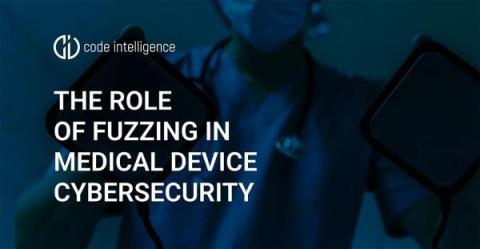How AI adoption throughout the SDLC affects software testing
With AI finding adoption throughout all stages of the development process, the SDLC as we know it is becoming a thing of the past. Naturally, this has many implications for the field of software testing. This article will discuss how the SDLC has evolved over time, going into detail on the impact that AI adoption is having on both software development and software testing.











